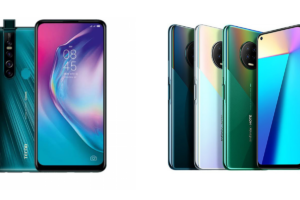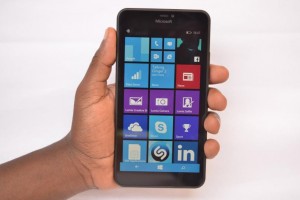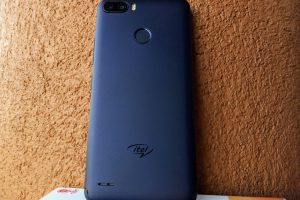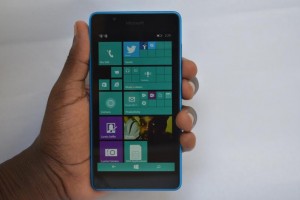Google has taken a bold step with the Google Pixel 7, embracing a trend that many had thought was gone for good – smaller phones. With its compact 6.3-inch display, the Pixel 7 ushers back time when smartphones were more manageable and comfortable to use one-handed. The latest Pixel 8 continues this trend with an even smaller 6.2-inch display, which is just perfect. This refreshing shift in design philosophy is not just about shrinking the screen; it’s about rethinking the smartphone experience, prioritizing convenience, portability, and ease of use.
Design & Build
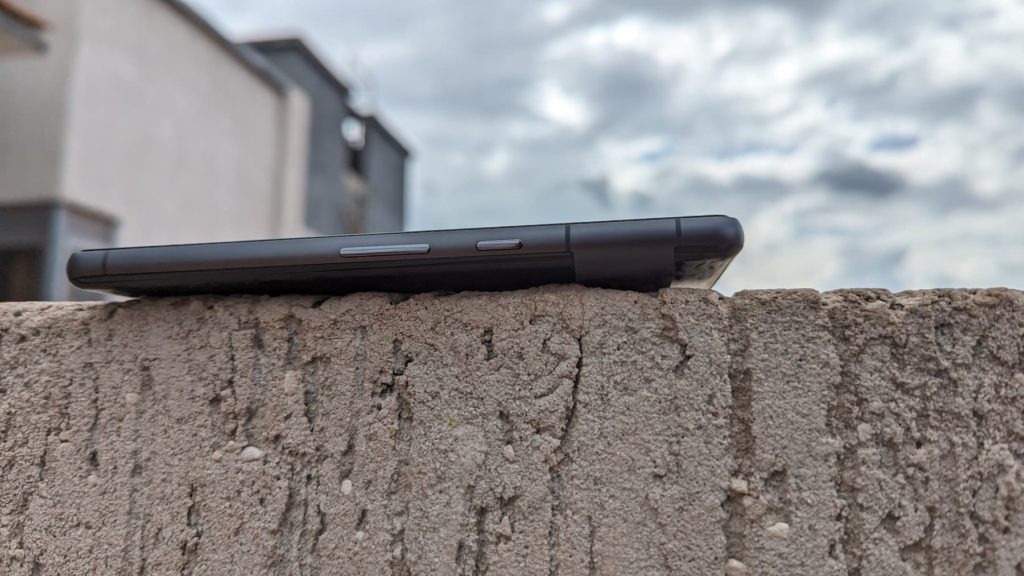
The Google Pixel 7 continues the distinctive design language introduced by its predecessor, the Pixel 6, but with a few subtle yet significant refinements. Measuring a mere 156 x 73 x 8.7mm, the Pixel 7 feels remarkably compact and snug in the hand, a welcome departure from the oversized flagships that dominate the market.
The camera visor at the back has undergone a subtle metamorphosis, with the two rear cameras now enclosed within a sleek metallic band that separates them from the microphone. While this design adds a touch of elegance, it also introduces a minor drawback – the metal visor attracts dust and can feel slightly uncomfortable in the hand owing to its sharp edges.
Just like its predecessor, the Pixel 7 boasts a glass back, encased in protective Gorilla Glass Victus. While it offers enhanced scratch resistance, it is also annoyingly slippery, causing some apprehension about potential drops and scratches. However, the Pixel 7’s slimmer profile makes it easier to secure in the hand, mitigating some of these concerns.
Overall, the Pixel 7’s design is a study in refined minimalism, striking a balance between elegance, compactness, and practicality. Its smaller size is a welcome change of pace in the smartphone landscape, offering a refreshing alternative for those who prefer a more manageable device without compromising on style or performance.
Read more: Google Pixel 6 Buyer’s Guide: Is it still worth buying?
Display
The 6.3-inch AMOLED panel delivers crisp visuals with a resolution of 1080×2400. And while the 90Hz refresh rate might not match the industry flagship standard of 120Hz, it still provides a smoother scrolling experience compared to traditional 60Hz displays. However, if you’re a hardcore gamer or someone who craves the absolute best in refresh rates, the Pixel 7 Pro or Pixel 8 might be better suited for your needs.
Personally, I haven’t noticed a significant difference between 90Hz and 120Hz refresh rates in everyday usage. The Pixel 7’s display remains responsive and smooth, making it a joy to use for tasks like browsing the web, watching videos, or playing casual games.
Gorilla Victus glass adds a layer of durability to the display, protecting it from scratches and reducing the risk of cracking from accidental drops. The all-glass veneer makes me apprehensive though, Gorilla Victus or no. Glass shatters after all and where I live, fixing a shattered phone isn’t exactly a piece of cake.
Overall, the Pixel 7’s display strikes a balance between size, resolution, and refresh rate, catering to those who prefer a compact device without compromising on display quality. The AMOLED panel delivers sharp visuals, while Gorilla Victus glass provides added durability.
Cameras





The Pixel 7’s camera setup packs a punch, with a 50MP main sensor and a 12MP ultrawide lens, although it’s the same exact setup as the Pixel 6. And while it lacks a telephoto lens, Google’s computational photography prowess more than makes up for it.
The new Tensor G2 chip puts its computational chops to good use by powering AI-enhanced features like Photo Unblur, Super Res Zoom, and Cinematic Blur. These features enhance image quality, allowing you to capture sharp and clear shots even in low light or from a distance.
The front camera, a 10.8MP shooter, offers a wider field of view for group selfies. Improved video stabilization and a portrait-style blur effect further enhance the front-facing camera experience.
The main camera takes stunning, sharp, and vibrant photos. Detail is excellent, and the dynamic range is better than the Pixel 6’s. The camera is also very responsive, with minimal shutter lag, which I rather liked.
However, I do feel that Google’s computational photography can be overly processed at times, resulting in artificial-looking images. If you prefer a more natural look, this might be a drawback.
Overall, the Pixel 7’s camera is powerful and versatile, with features for both casual and enthusiast photographers. While some might find the overprocessing a bit much, the overall quality and performance are impressive.
Software and Performance (Tensor G2)
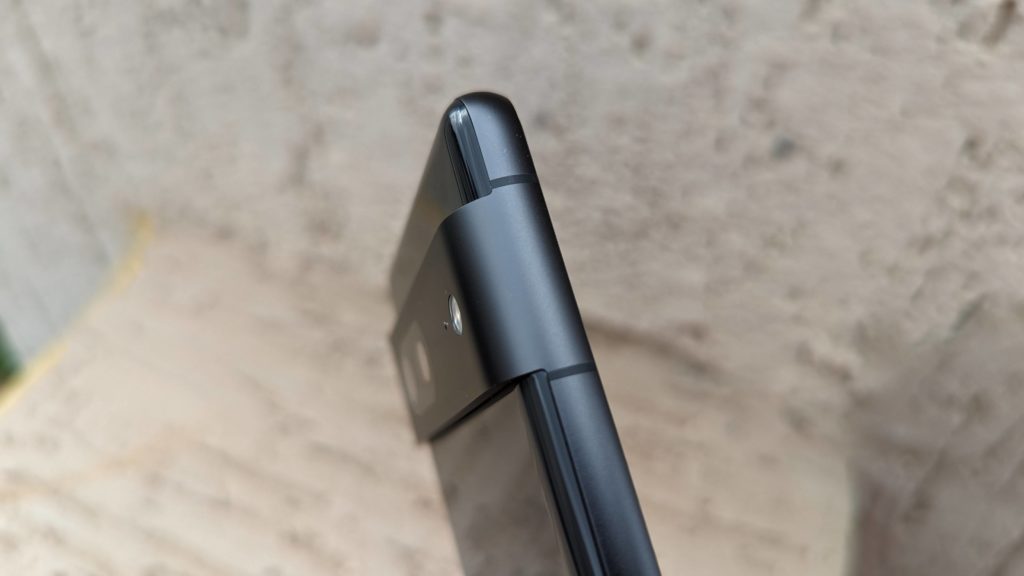
Exclusive Pixel features continue to be a major draw for the Pixel line of smartphones. These features, such as Photo Unblur, Magic Eraser, and Portrait Light, showcase the power of Google’s Tensor chip and its ability to enhance the smartphone experience through machine learning.
The Tensor G2 chip, Google’s custom-designed processor is powering most of these cool features. It enables real-time image processing for Photo Unblur to edit out unwanted objects from images with Magic Eraser, and adds a touch of studio-like lighting to portraits with Portrait Light.
While the Tensor G2 may not match the raw power of Qualcomm’s Snapdragon chipsets, it holds its own in everyday tasks and demanding applications. What’s more, the Tensor G2 also powers the Pixel’s exceptional voice recorder and voicemail transcription capabilities. The combination of the chip’s machine learning prowess and Google’s advanced speech recognition algorithms results in remarkably accurate transcriptions. Anything to feed my lazy bones.
Battery & Charging
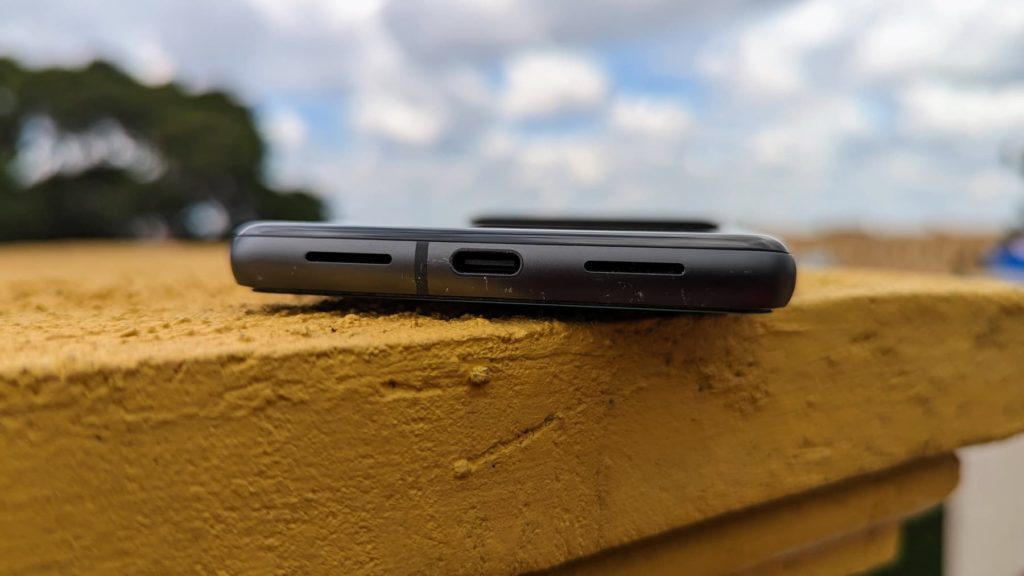
The Pixel 7 is equipped with a 4355mAh battery, a slight downgrade from the 4614mAh capacity of its predecessor, the Pixel 6. While this reduction might raise concerns about battery life, Google has optimized the software and hardware to ensure that the Pixel 7 delivers a solid day of usage on a single charge. Android 14 tweaks further improve the battery life.
The device supports 21W fast wired and wireless charging although a charging brick is not included in the box. You do get a USB-C to USB-C cable though, so if you have a compatible charger from a previous device or are willing to purchase one separately, you can take advantage of fast charging. However, many other phone brands have faster charging.
In my real-world testing, the Pixel 7’s battery life proved to be satisfactory for most daily tasks. It easily lasted a full day of moderate use. However, I did notice that the battery drained slightly faster than expected when taking extensive photos and videos, especially outdoors on sunny days. This is likely due to the brighter display, which consumes more power.
Verdict
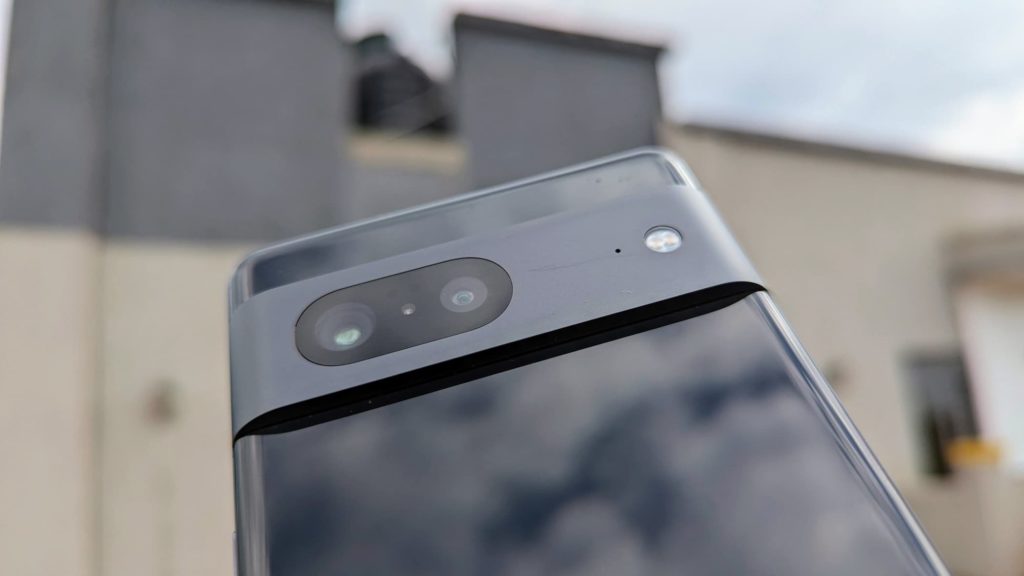
If you’re a Google Pixel 6 owner, the Google Pixel 7 might not offer enough compelling upgrades to justify a switch. While the Tensor G2 chip provides a modest boost in processing power, the camera performance remains largely unchanged. Additionally, the fingerprint scanner continues to fall short compared to its competitors, making unlocking the phone a less seamless experience.
If you’re looking for significant improvements, consider the Pixel 7 Pro. It boasts a superior display, faster charging, a versatile 5x periscope camera, and a larger battery. These enhancements warrant the price premium if you value these features.
However, for those upgrading from an older smartphone, the Pixel 7 strikes a balance between performance and affordability. Its price point makes it an attractive option for those seeking a capable and reliable phone without breaking the bank.
Discover more from Dignited
Subscribe to get the latest posts sent to your email.


